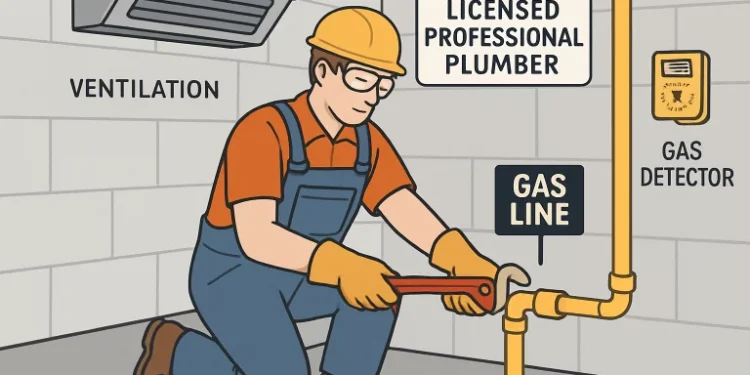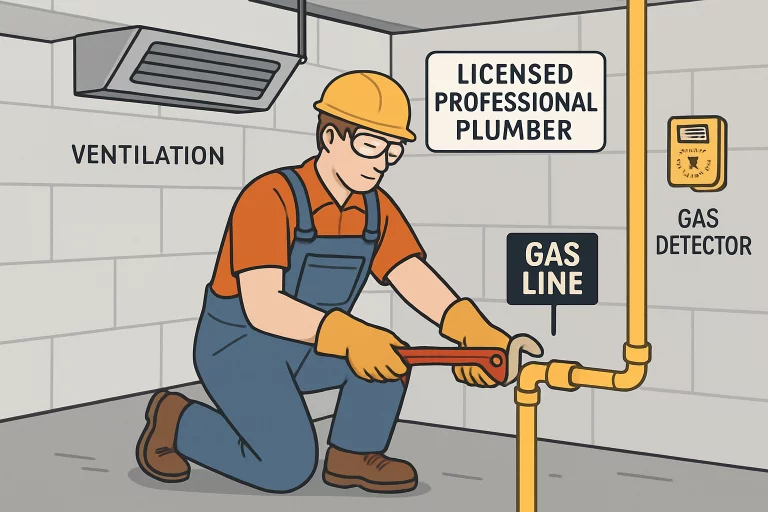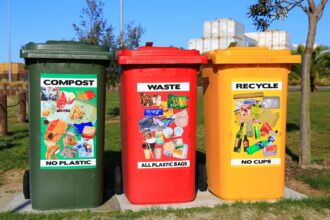Safe Steps for Installing and Maintaining Residential Gas Lines

Gas line installation and maintenance require strict attention to safety, expertise, and compliance with local regulations. Unlike other home improvement tasks, working with gas systems is inherently dangerous and should never be approached casually or handled without professional support. From hiring licensed installers to conducting proper pressure tests and ensuring adequate ventilation, every step in the process plays a crucial role in protecting your home and family. This guide outlines essential safety practices, planning strategies, and legal considerations that must be followed to ensure a secure and reliable gas infrastructure. It also emphasizes the importance of ongoing maintenance, carbon monoxide detection, and household education to prevent emergencies. Whether installing a new system or maintaining an existing one, these measures are vital for minimizing risks and ensuring long-term peace of mind.
Table of Contents
Hire Licensed and Experienced Professionals
Gas line installation involves high-stakes safety concerns that demand expert knowledge and skill. It should never be attempted by untrained individuals or treated as a DIY project. A qualified gas line installer is trained to handle essential aspects, including pressure regulation, leak detection, and system compatibility. These licensed professionals ensure that installations comply with all relevant industry codes and safety standards. By relying on an experienced gas line installer, homeowners can be confident that every connection is both secure and compliant with relevant regulations. Hiring a credentialed installer reduces the risk of fire, gas leaks, or carbon monoxide poisoning. Additionally, many insurance policies require that only licensed professionals perform gas work to maintain coverage.
Obtain Necessary Permits and Follow Local Codes
Complying with local permits and codes ensures your gas line project meets minimum safety standards. These rules are in place to protect not only the homeowner but also the surrounding community. Most projects require you to submit detailed plans and schedule inspections at key stages of development. Skipping this step can result in costly penalties or necessitate the removal of completed work. Permitted jobs are inspected by trained officials who may catch hidden errors early on. Working with a qualified installer ensures full legal compliance and smoother project approval.
Plan the Gas Line Route Carefully
Route planning plays a significant role in the long-term safety and efficiency of your gas system. The shortest and most direct path reduces the chances of leaks, bends, and wear on fittings. A professional considers multiple factors, such as building layout, proximity to other utilities, and access for future maintenance. Incorrect routing can cause pressure loss or even structural damage. Investing time in planning avoids costly changes and service disruptions later. A well-designed route sets the foundation for a dependable energy system.
Ensure Proper Ventilation
Proper ventilation prevents the dangerous accumulation of natural gas or carbon monoxide. Gas appliances need consistent airflow to function safely and efficiently. Local building codes often require specific venting measures, such as louvered doors or passive airflow systems, to ensure proper ventilation. In modern, airtight homes, mechanical ventilation may also be needed. Poor ventilation can lead to undetectable gas buildup, posing significant health risks. Prioritizing ventilation is a proactive way to protect your family and enhance appliance performance.

Conduct Thorough Pressure Testing
Before using any newly installed or modified gas line, conducting pressure testing is critical to verify the system’s integrity and safety. This involves filling the gas lines with air or nitrogen and monitoring the pressure over time for any drops. A slight drop in pressure may indicate a leak or defect that could allow hazardous gas to escape during use. Professional technicians use calibrated tools and, in some cases, a soap solution to detect leaks at joints and fittings. Many local codes require a city inspector to witness and approve the pressure test results before the gas line can be activated. Performing this step thoroughly protects against future accidents, property loss, or costly repairs.
Regular Maintenance and Inspections
Routine maintenance helps ensure your gas system remains safe and efficient over time. Licensed professionals should inspect the system at least once a year to check valves, regulators, and fittings for proper functioning. These inspections can detect hidden issues, such as corrosion, loose connections, or weak support structures. Technicians also assess appliance venting, combustion quality, and code compliance during these visits. Timely repairs and upgrades based on inspection results significantly reduce risks, such as gas leaks or fires. Preventive care is more cost-effective than emergency fixes and enhances the overall longevity of your gas infrastructure.
Educate Household Members on Gas Leak Protocols
All household members should understand how to recognize and respond to a gas leak, not just the homeowner. Warning signs include a rotten egg odor, hissing sounds near gas lines, or symptoms like dizziness and nausea. If a leak is suspected, no one should use electrical switches, and everyone should exit the home immediately while leaving windows and doors open. Emergency services must be contacted from a safe location. Regular family discussions and drills help ensure that every member knows exactly what to do in a real emergency.






